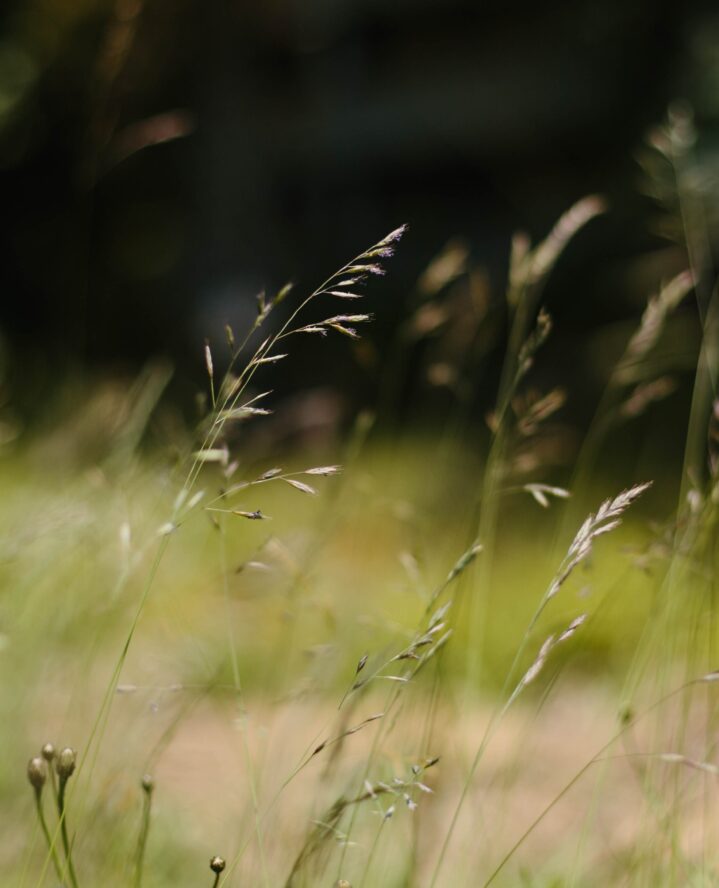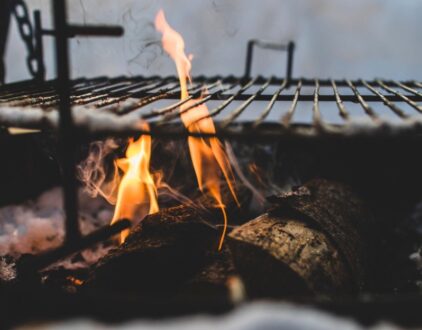Taking care of your yard as a homeowner can be both an enjoyable and nerve-wracking task. Successfully maintaining a healthy and lush lawn can seem difficult when pesky weeds are always popping up. Weeds aren’t only an eye sore; they can take away necessary nutrients and water from your grass. Being able to spot and distinguish the different types of weeds is important information in order to manage them.
Here are some common lawn weeds and how to spot them:
Dandelion
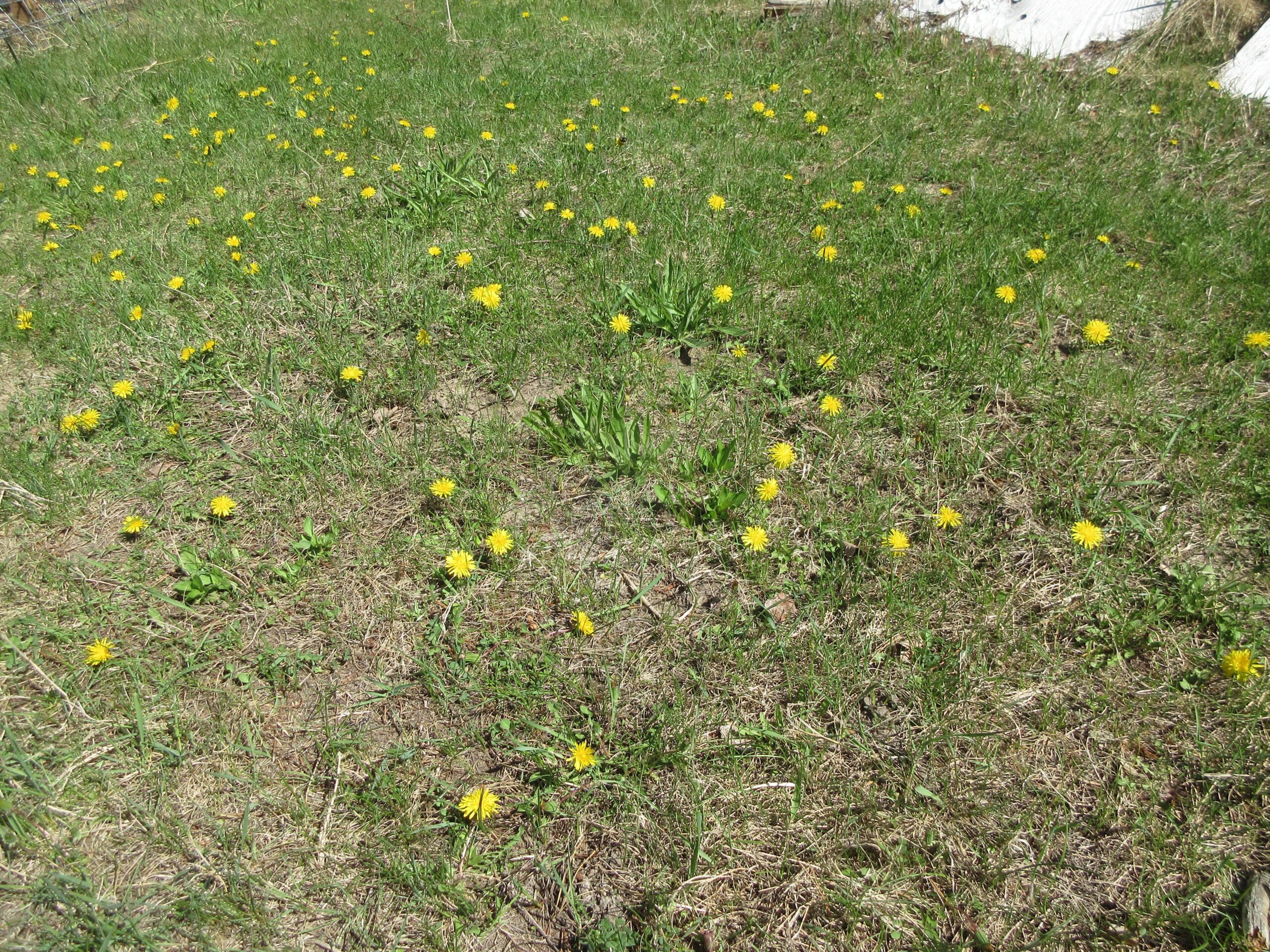
Dandelions may look like pretty flowers, but they are indeed weeds. They are easy to identify because of their bright yellow flowers and puffball seed heads. Dandelions have long, toothed leaves, and they can spread quickly. These wildflowers are quite difficult to eradicate. You can pull them by hand as well as apply horticultural vinegar to eliminate the above-ground part of the weed. Dandelions can also be eaten and are great when boiled into tea or put in salads or cooked greens.
Crabgrass
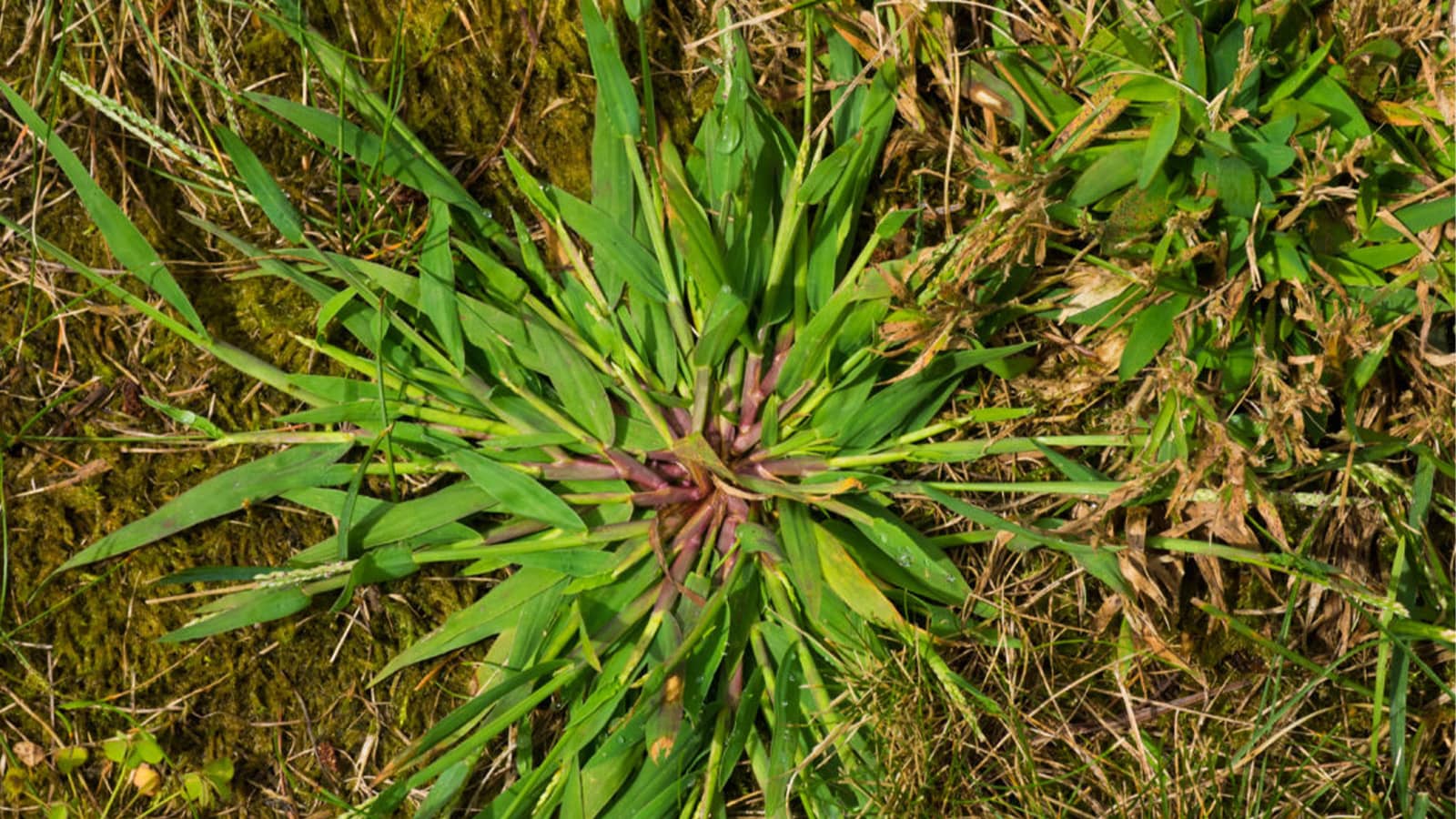
This annual weed has wide, flat leaf blades that resemble a crab. They grow in thin or compacted areas of a lawn. They spread quickly and form unattractive patches. These weeds can produce many seeds that can remain dormant in your yard and germinate for years.
Broadleaf Plantain
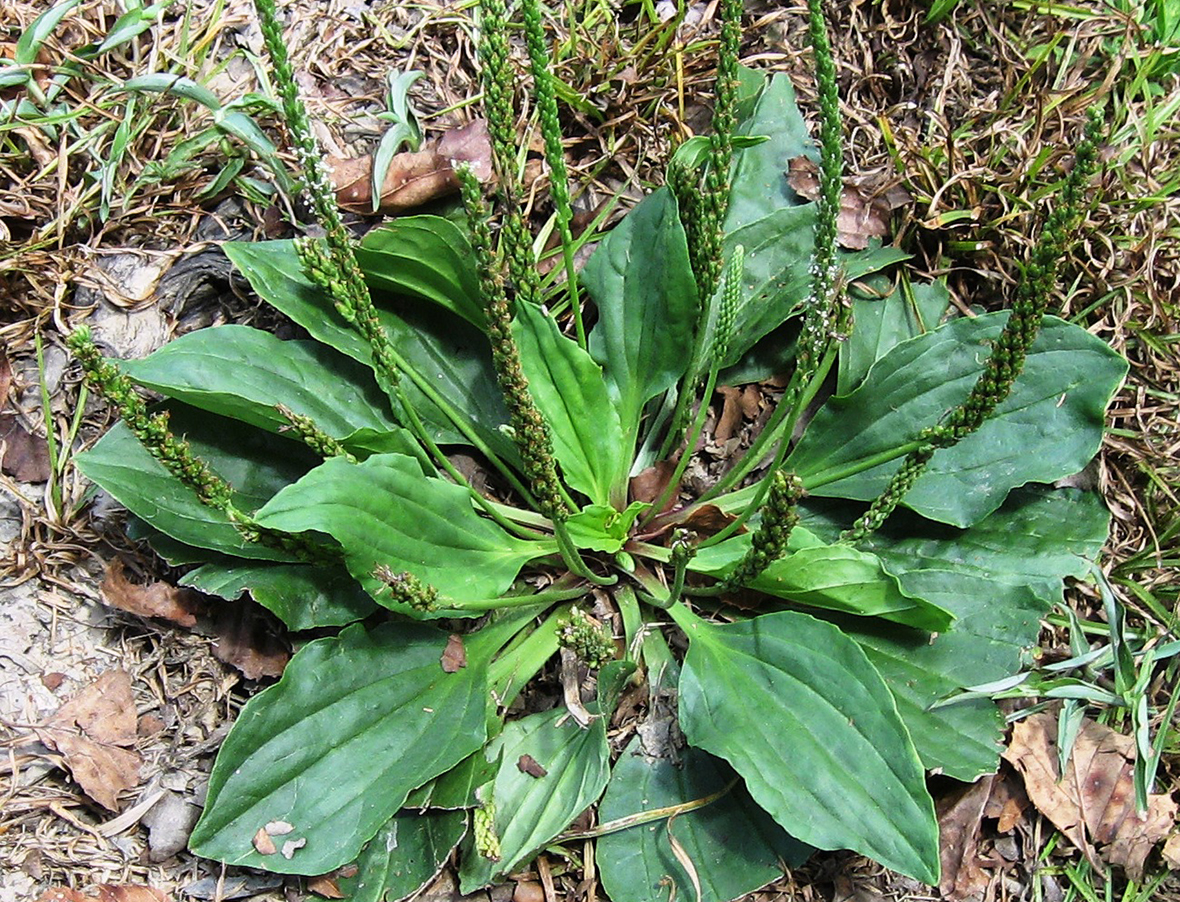
These weeds have wide, oval-shaped leaves with parallel veins. They form a low rosette and produce tall flower spikes. You can find broadleaf plantain in areas with heavy foot traffic and compacted soil.
White Clover
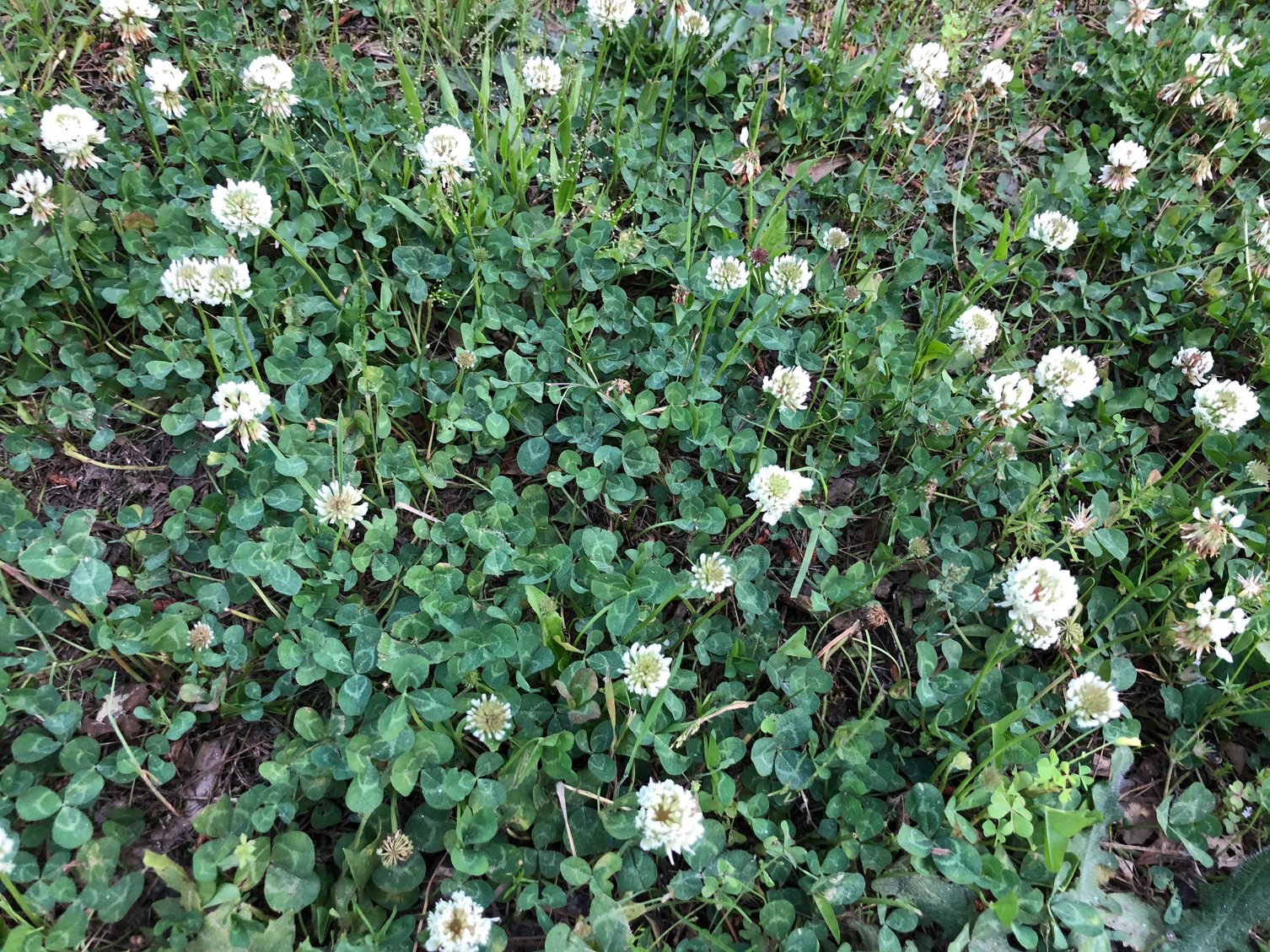
This low-growing weed has small, round leaflets grouped in three sets. The white or pinkish flowers on this weed are known to attract bees. White clover loves low-nitrogen soils and can be good for soil health. However, they are not aesthetically pleasing in a well-maintained lawn.
Creeping Charlie

This weed is also known as ground ivy. It’s a low-growing weed with round, scalloped leaves that are reminiscent of an ivy plant. It spreads quickly and has small purple flowers in the spring. Although one of the most stubborn weeds, creeping Charlie has a fragrance that is said to be delightful.
Annual Bluegrass
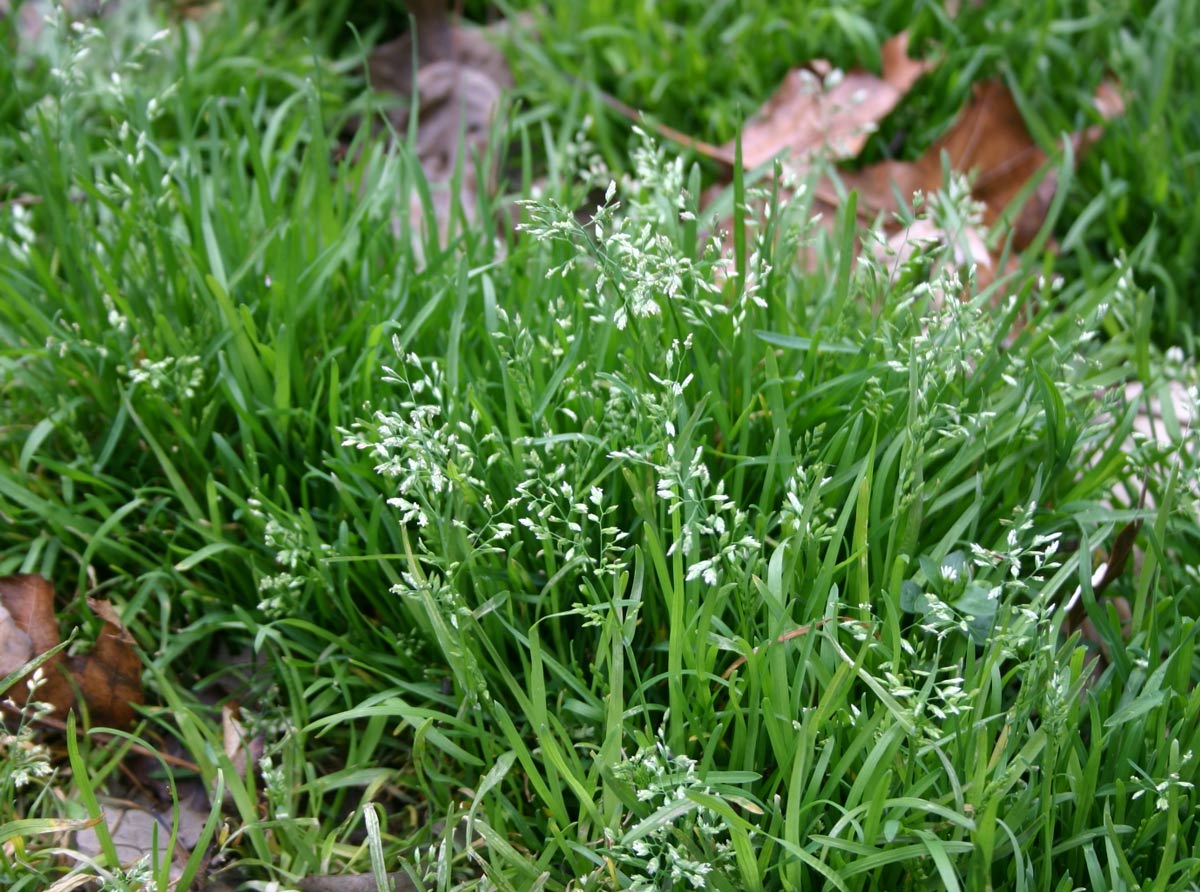
This cool-season annual weed forms in dense clumps on the lawn. It has light green leaves that produce small white-green seed heads. These weeds thrive in moist and shaded areas. Its smooth leaves have a boat-shaped tip, and it is recommended to manage the weed before it starts spreading.
Nutsedge
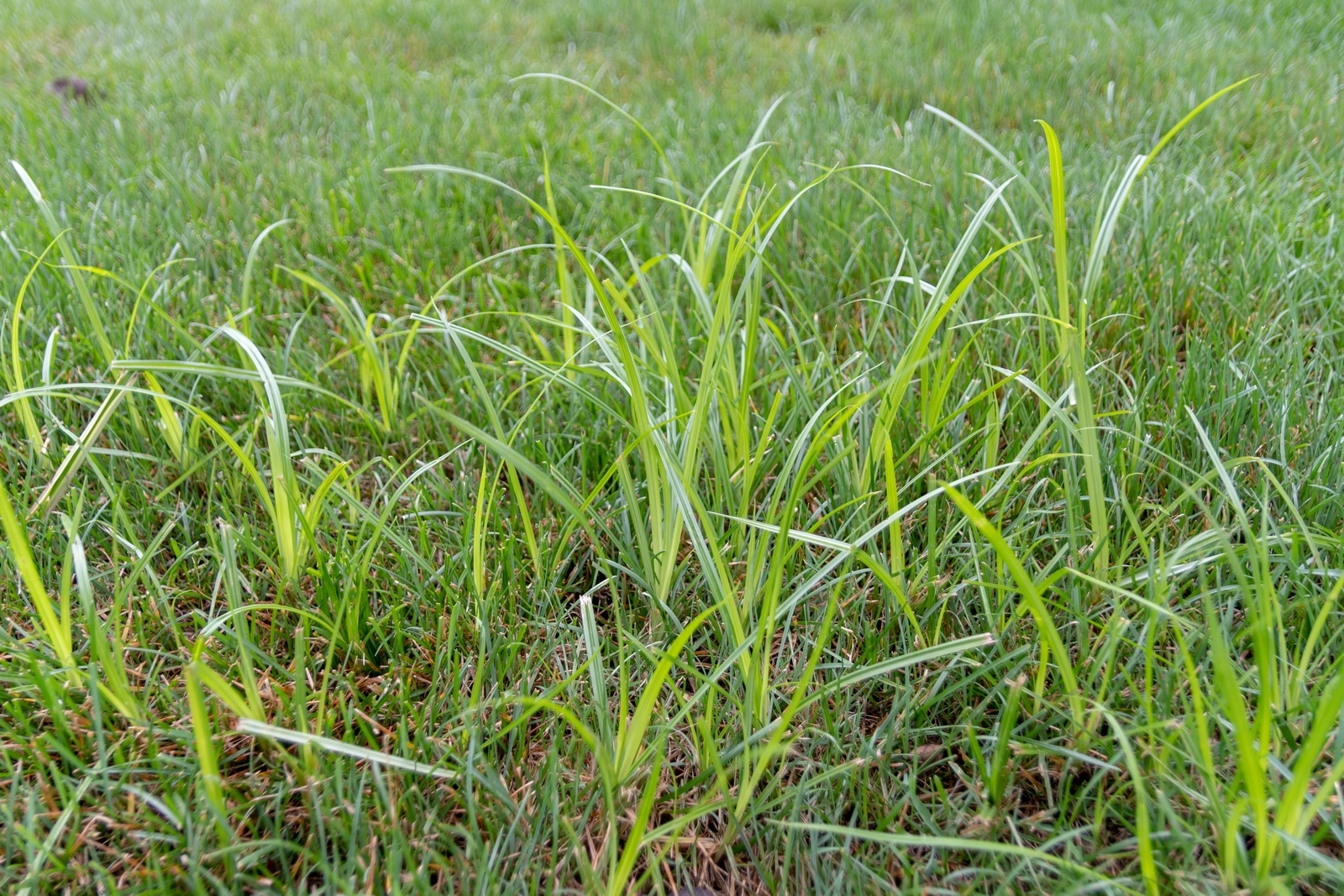
Also known as nutgrass, this perennial weed has tall, triangular stems and leaves that look like grass. You can identify them by their light brown seed head that looks like a tiny pineapple. This weed thrives in wet and poorly drained areas.
To get rid of weeds, consult with a professional or horticulturist for expert guidance. Regularly monitoring your lawn is a great way to keep weeds in check and maintain a beautiful, weed-free lawn.
popular posts
- 1It’s Black Business Month, So Let’s Go Shopping and #BuyBlack!
- 2These Home Decor Items Will Instantly Make Your Space Look Outdated
- 3Black-Owned Home Decor Stores To Support Across the United States
- 4A Look Inside Elon Musk's Tiny $50,000 House
- 57 Black and Multicultural Designers To Follow For Design Inspo
Spaces
Whether it’s luxury or ease, every area of your home should be as fabulous and unique as you.

These Outdoor Kitchen Ideas Will Make Dining Al Fresco A Treat
by homeandtexture | February 27, 2023
Zen Out By Adding These New Spring Pieces To Your Outdoor Space
by Kelsey Marie | March 1, 2023
Summertime Fun: Hosting Essentials for Your Outdoor Space
by Kelsey Marie | May 10, 2023
FOLLOW ALONG ON INSTAGRAM
#homeandtexture
Find us on social for more home inspiration where culture, personal style, and sophisticated shopping intersect to help you create a home where you love to live.
